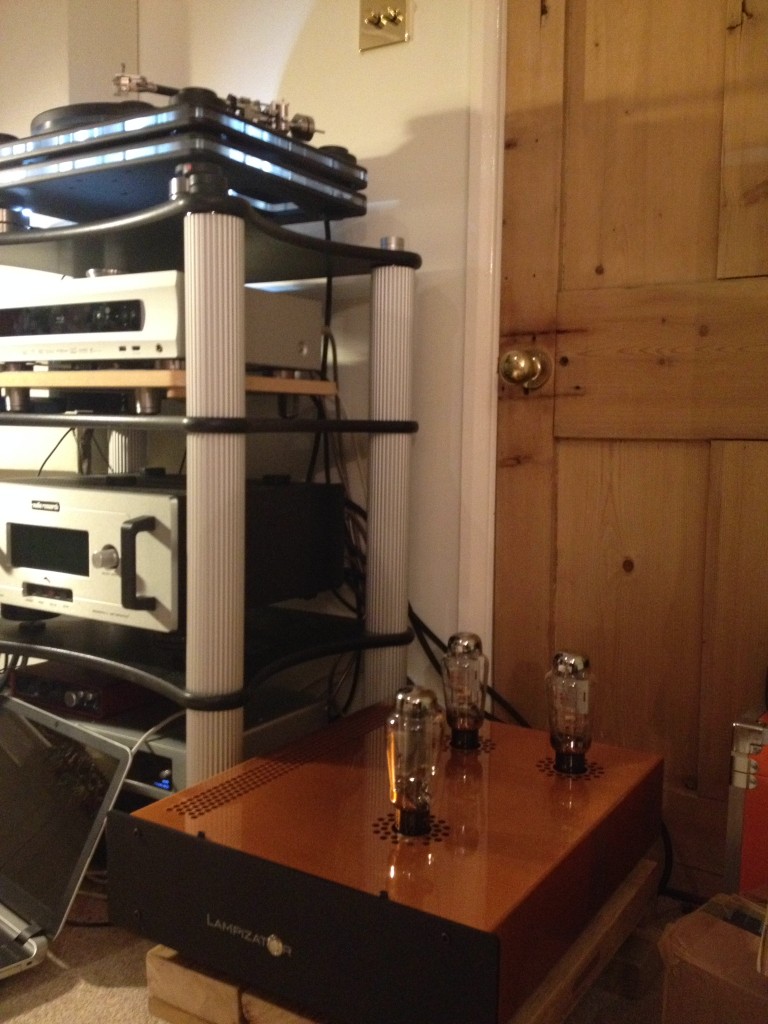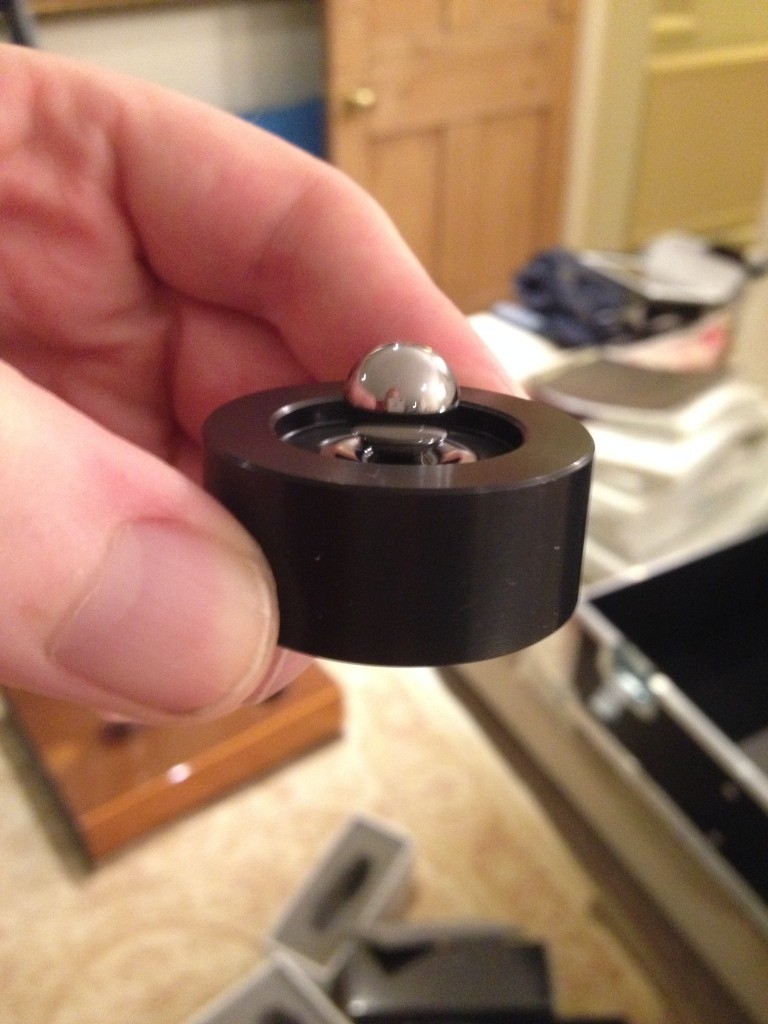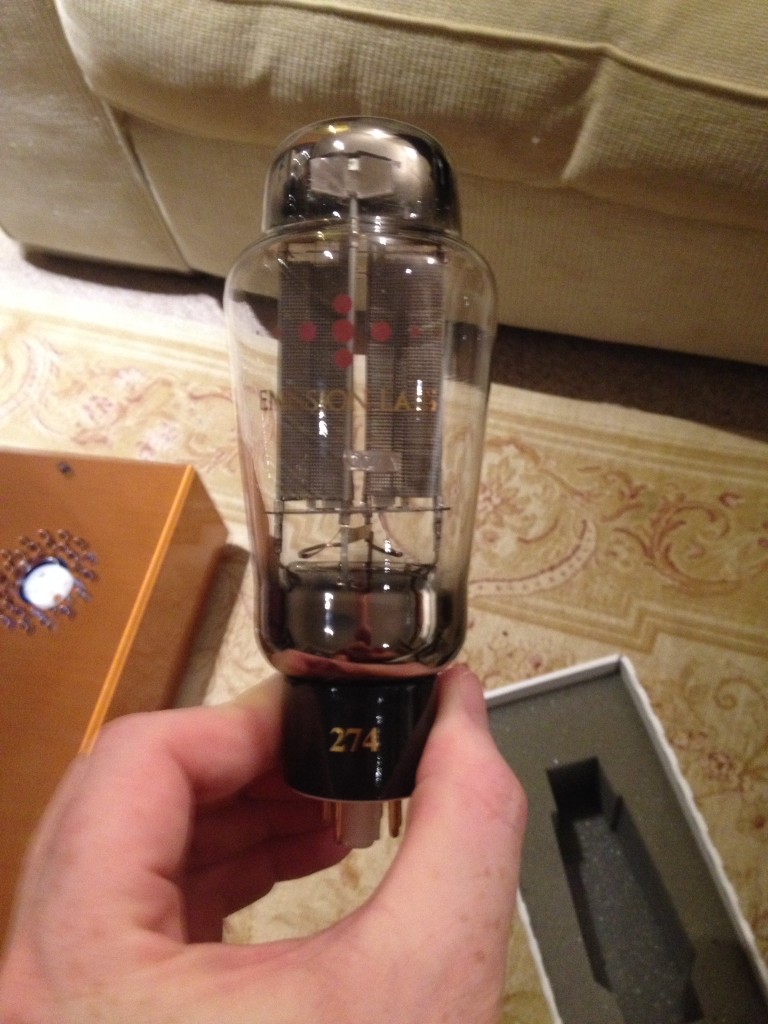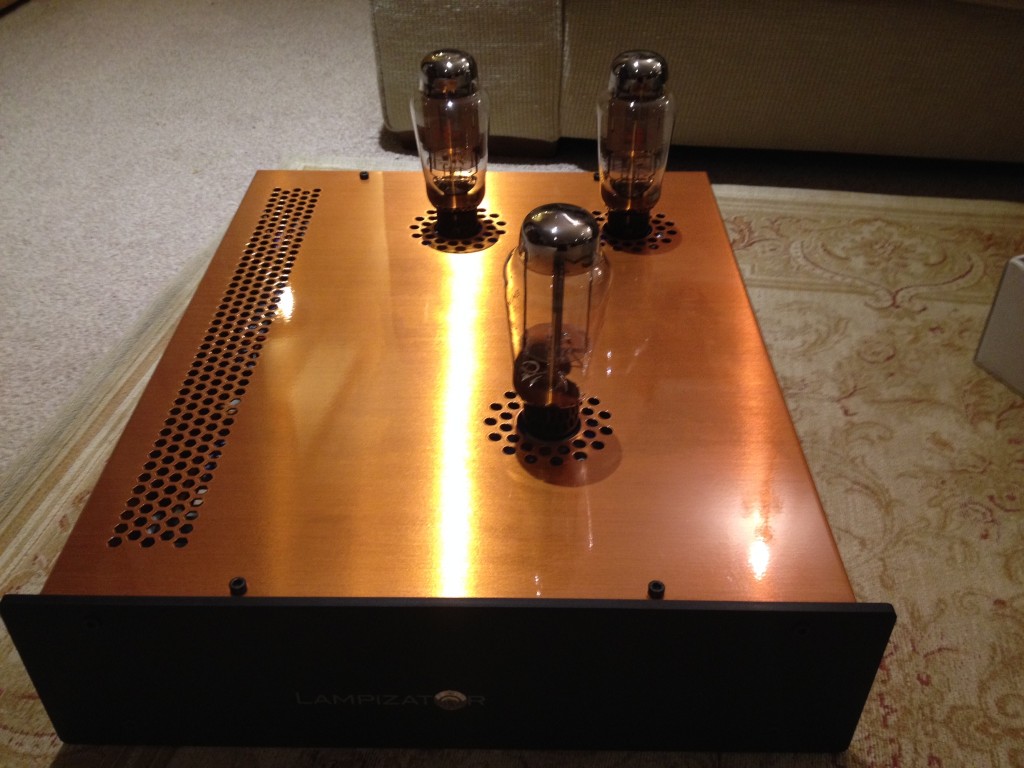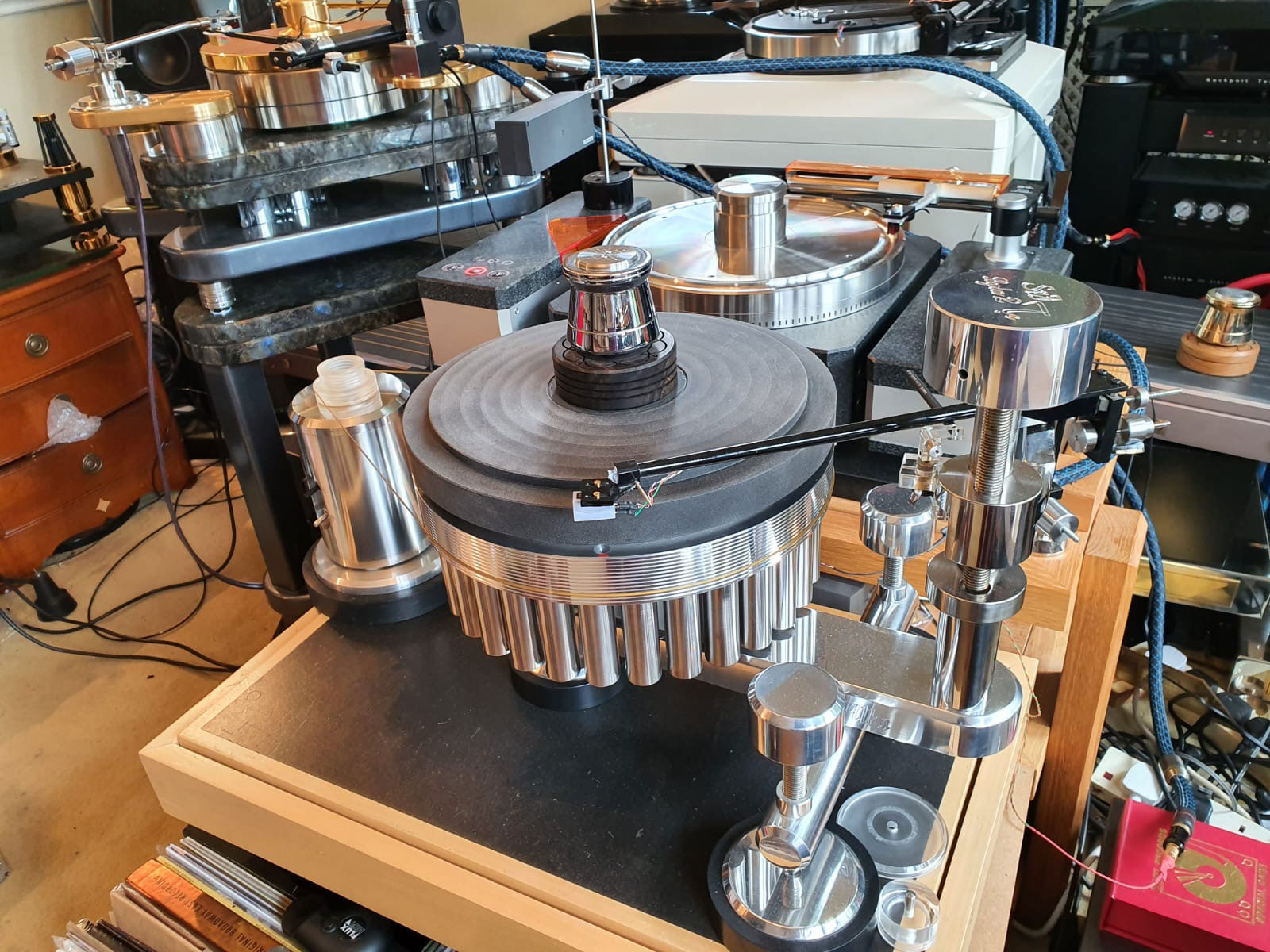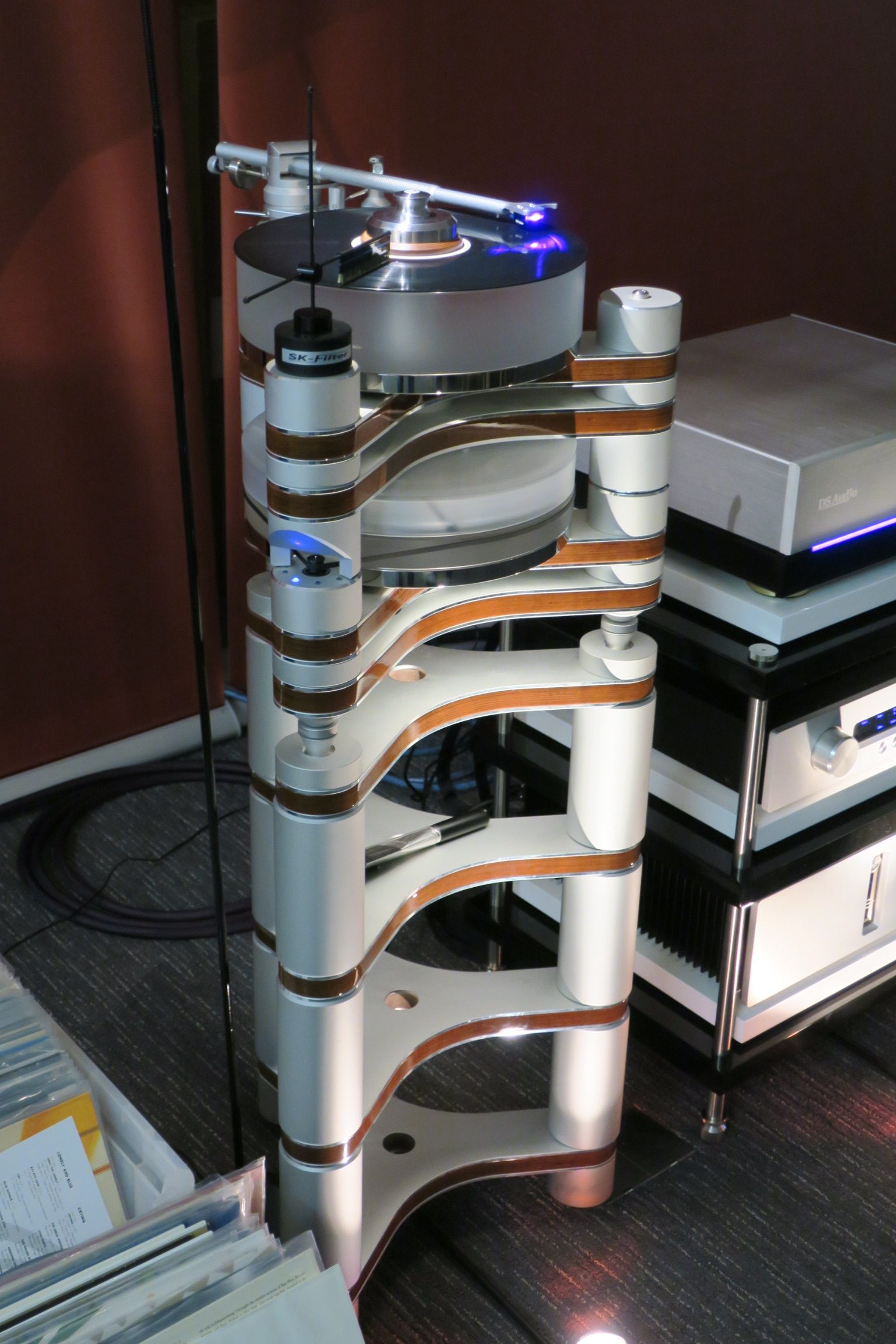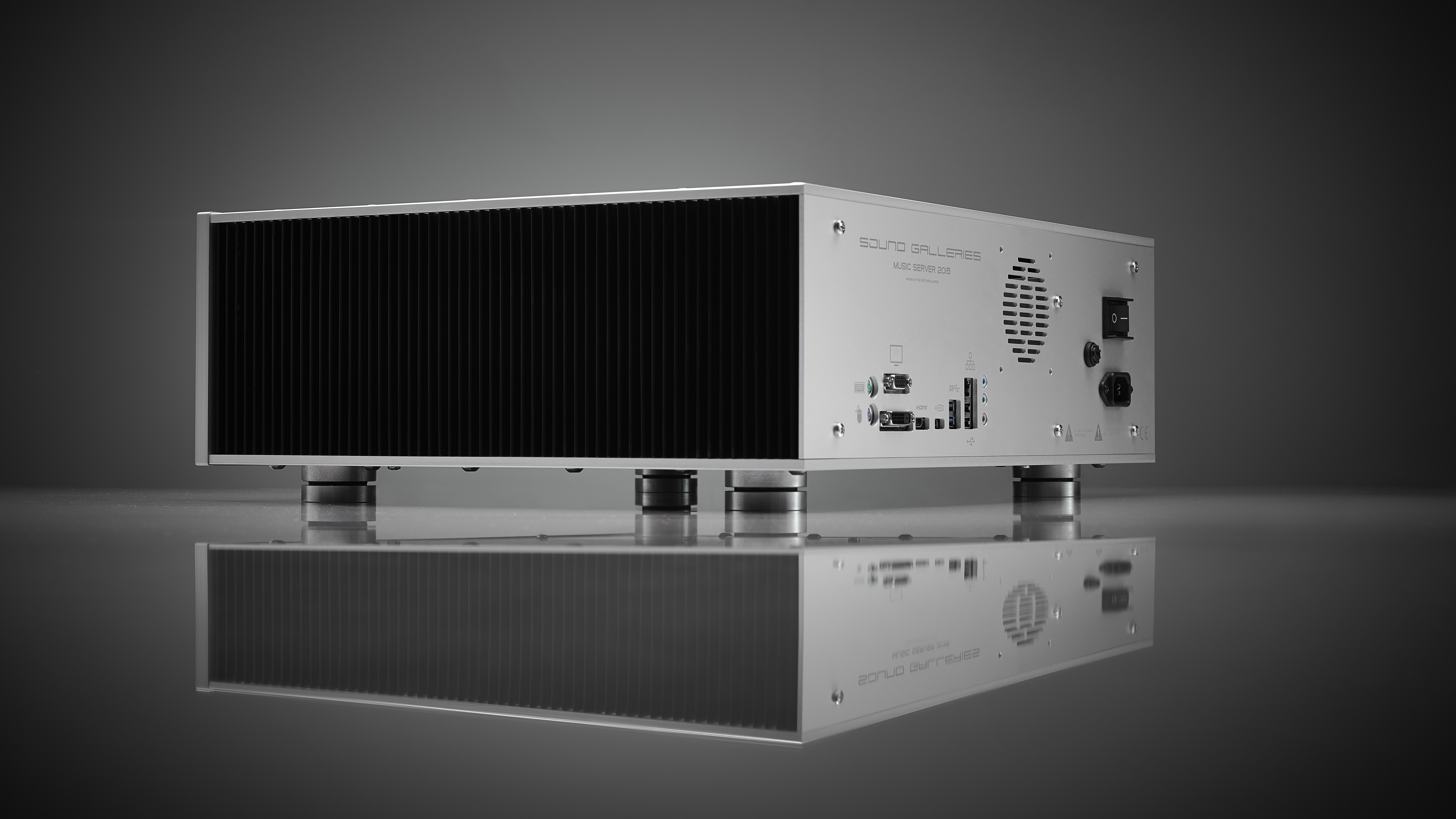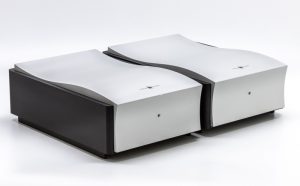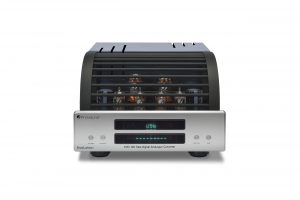Now, more than ever, the audiophile world is awash with digital to analogue converters. Not a day seems to pass by without entry to the market of yet another shiny box sporting the latest chipset and the ability to decipher the Enigma code. Sarcasm notwithstanding, the audiophile kingdom has a plethora of choice at its disposal, which makes selecting a DAC very challenging.
I have suffered with the audiophilia affliction for something like 12 years now, although a keen musician from my very early years. I inherited my passion for music through my father, a sub prof pianist trained at the Royal Academy. A childhood of being woken to early morning sessions of Scarlatti or a Chopin Scherzo are ingrained into my deepest and fondest memories. The rich and vibrant timbre of the Mason and Hamlin resonating through my bedroom floor set alight my passion for sound reproduction.
Like many audiophiles, I have been on a journey of discovery trying to determine what I perceive as the Holy Grail of home audio. After sifting through multifarious electronics, audiofool paraphernalia, and auditioning many systems, I feel I have a handle on what I like. There is a peculiar trend in the audiophile world of individuals who refuse to listen to their systems and instead rely on manufacturer measurements printed about their components. I find this behaviour bizarre and therefore transparently and resolutely declare myself as a middle man—someone for whom measurements and listening are equally important. Realism (the desideratum) for me is exemplified by natural timbre, lifelike dynamics, 3-dimensional sound staging and uncanny resolution. My experience has taught me that these four aspects of a system are actually very difficult to reproduce; there is a very fine line between warmth and natural timbre and loss of resolution.
At heart, I am an analogue man. There is a tangibility and humanity of the greatest vinyl recordings that instantly transports me to another plane—a world unhindered by the vagaries of modern life. I have a particular penchant for the Decca SXL recordings as they achieve this transportation function with immediacy. Moreover the timbral qualities of orchestral instruments and in particular strings is portrayed with lifelike presence. Of course, there is nothing quite like reel to reel but alas that format is inaccessible to all but the lucky few.
More recently, I have developed a true love for the Analogue Productions recordings both on 45rpm vinyl and dsd although these are mainly Jazz focussed. The team at Analogue Productions are producing stunning work and surely collector's pieces for the future.
Digital to me is a critical format since I need hassle free and quick listening sessions for the weekdays after a long day at work or at the weekend when I am combining toddler duty. Unfortunately, my digital systems of the past had never managed to deliver the same level of realism and teleportation. In my early days, I used the big multi format disc players from the Japanese giants but moved into the world of streaming via the Linn DS players. I then moved away from my multi-component Mcintosh tube electronics with Linn DS in one fell swoop to the Devialet D Premier. The latter delivers a very clean sound with great dynamic punch but is unable to reproduce lifelike timbre and palpability of soundstage. I searched far and wide before a friend introduced me to the Lampizator brand feeling that this was the tonic that would satiate my thirst for reference level digital playback.
The Golden Gate DAC
I like big, bold, and idiosyncratic electronics—I am not a hide a petite silver box in a cabinet guy. I smile at electronics that ooze visual drama. The Golden Gate delivers bold impact on its new owner the moment he enters your front door in his bomb proof flight case:
I was thrilled when I saw such packaging—my wife actually asked whether I get to keep it (which of course you do) and that it looked very expensive. Once you are into the case, you will be greeted by a physically huge DAC that looks more like a vintage Kondo amp replete with beautiful deep copper casing that screams high-end. I don't define myself as a "gear" person but I am in love with the looks. After setting him up on the roller block feet (see photo below) and inserting DHTs of choice (more on that later), you are good to go.
Operation is simple (I have a unit without volume control) so you either press the front button in for the discrete analogue-filter-only dsd engine or leave it for the PCM engine.
After firing up, I would suggest leaving for 30 mins before reaching optimal temperature. In fact, the less times you turn it on and off in a given day, the more you preserve tube life so I tend to turn on in the morning and leave till bed time.
My preferred method of listening is via either native DSD or upsampled PCM to quad DSD. Don't get me wrong, the PCM is wonderful too but for me the DSD engine is the feather in the cap and so my comments are based on this approach. I use Jriver, Foobar 2000 and Hqplayer software, the latter being audibly superior but computationally intensive and too much for quad DSD upsampling on my laptop. I also hear that Bughead Emperor software might very well be the Temple of the Holy of Holies. I have yet to venture down the road of the super audiophile server but will tread this path in the near future, such are the benefits of optimised upsampling software and quality power supply. My laptop USB output is filtered by a BMC USB cable into an Ifi iUSB filter and from there into a TotalDac USB filtered cable—a lot of filtration you might say but each stage seems worth it to my ears. I am looking to experiment soon with the Regen Amber and new Ifi iusb 3.0—my audiophile buddies swear by Regen Amber into Lampizators so it demands my attention.
The Golden Gate provides the end user with the ability to tailor their sound through the symbiotic relationship of rectifier and DHTs. I have seen many online reports of the greatest tubes but rarely are recommendations proffered as a package of rectifier and DHTs, which I think is less than helpful. The synergistic approach is akin to cooking a great dish—adding the right spices and seasoning can lift a recipe from tasty to delicious and so adding a meaty sounding rectifier to a chilli enhanced 101d strikes a more even blend of audio goodness. Please see web for endless recommendations of users.
How does it sound?
It is all very well looking pretty, but musical performance is what this DAC focuses on. The first facet that any new user will recognise upon inserting a Golden Gate into their system regardless of choice of speakers or electronics is an enveloping and enormous 3-dimensional soundstage that projects forwards and backwards beyond room boundaries at a level that is state of the art. I have heard many top flight DACs and none will create this experience. You might find DACs that portray an even more finely etched level of soundstage albeit much more 2-dimensional—these are the really high-end solid state DACs from the top flight renowned manufacturers. If you don't typically think of yourself as a soundstage kind of person, I think you might recalibrate the importance of this in achieving a thoroughly engaging portrayal of the event. My preferred musical genre is classical although I have a fairly eclectic taste—I can't stress enough the importance of soundstage reproduction to really capture orchestral music in its full glory. Listening to a symphony on the Golden Gate is on a par with great vinyl reproduction such is the cavernous image projected beyond my wall and into my garden.
Timbral accuracy is one of the fundamental and critical qualities of a realistic sounding component. It separates the men from the boys and is typically the realm of analogue production that destroys digital. Listening to David Oistrakh playing the Beethoven on vinyl is a timely reminder of the inferiority of digital's portrayal of a live violin. For those of you accustomed to the sound of a live violin with its presence, vivid upper harmonics, delicacy and sweetness—there are very few solid state amplifiers that get it right and of those that I have encountered, the cost of entry is very high—I speak of Dartzeel and Gryphon. The same can be said of solid state DAC designs although they do exist—I am a fan of the CH precision. I have heard very realistic reproduction of a violin using a digital front end in several Audio Note systems (DAC 4.1)—the sweetness and warmth are there in abundance. Where I feel the Golden Gate improves on other valve based digital designs is in extremes of frequency response—the treble extends into the highest frequencies whilst retaining sweetness. Some valve based designs heavily roll off the top end rendering a slightly saccharin sound—the Golden Gate has just the right balance to my ear.
The Golden Gate reproduces all instruments faithfully—I favour EML 45 mesh DHT with EML 274b mesh recti for jazz duties—it produces saxophone with a tangibility and bloom and double bass that is woody and rich-chock with harmonic content. As a trombonist myself, my ear is obviously particularly attuned to the authenticity of brass instruments and in this regard the Golden Gate is able to portray the Conn 88H of Christian Lindberg with aplomb. The rose brass bell 88H, played by Lindberg in many of his seminal recordings yields a wonderfully dark and moody timbre with just the right balance of natural vibrato for my taste although I also enjoy the more dynamic and brighter sound of the yellow brass Yamahas. It is not easy for a system to get the 88H timbral quality right yet the Golden Gate delivers.
There is a wonderful tuba solo and brass passage by Grimethorpe Colliery Band in Skylark (Peter Skellern)—I love this nostalgic rendition of a fabulous song—it is also a reference point for me in determining the ability of a system to portray the mellowness and steadfastness of the tuba anchoring the bottom end of a brass ensemble. The Golden Gate delivers the heft, control and bloom of a tuba.
Orchestral instruments are best conveyed using 101d and an earthy sounding rectifier because the orchestra demands potent dynamics as well as tone. Ideally one would use 45s for the richest orchestral tone but the 101d is required for superior speed, dynamics, layering of instruments, and increased width of stage. Irrespective of musical genre save for electronica where arguably it is difficult to say whether a computerised sound is real or not, the Golden Gate provides the listener with a lifelike reproduction of timbre.
I left vocal reproduction to a whole separate section, such is the uncanny and palpably eerie resolution of the Golden Gate. Playing a native DSD track of Ella Fitzgerald from the Analogue Productions catalogue is enough to put the hairs on end. I am happy to admit that I was quite overcome with emotion the first time I heard the Let No Man Write My Epitaph album. Ella stood there lifelike in my room in her 3-dimensional glory singing with a delicious tonal warmth and a sombre harmonic undertone. These experiences are what this hobby is about—this is what drives our infectious and often absurd addiction to obtaining such sonic bliss. Moving to the acapella choral piece, O Magnum Mysterium by Morten Lauridsen, the Golden Gate elicits a frankly spiritual experience such is the connection between the music and your inner soul. Being an opera fan demands a system that conveys vocals with passion, realism and naturalness. I turned to Angela Gheorghiu to put the Golden Gate to the test—specifically the innocence and ethereal qualities of Puccini's Chi il bel sogno di Doretta from La Rondine. This achingly beautiful aria floats into the very upper register (to top C) of the soprano and reproducing this faithfully in a system is very tricky indeed. Many DACs fall short by sounding too dry and brittle—not so here—the tonality is wet, pure like morning-meadow dew, and full of life. "Bravo. Encore!" Jesting aside, it is one of those products where you find yourself repeating a track (a lot) to enjoy the experience again. If ever there was a good indicator...
Dynamics, speed, slam. This is the realm of the 101d DHT. The Golden Gate acquits itself extremely well and develops intense wallop in the Fischer performance of Mahler (various symphonies) on DSD. If you want the ultimate growling deep taut bass then I feel a SOTA solid state topology will ultimately win out but not necessarily in a way that is realistic. It is easy to be impressed by top flight systems that deliver incisive and explosive bass but whether this is realistic, I would beg to differ. Switching source material to the Japanese SACD of Hotel California, the drum thwacks are felt as well as heard yet the warmth and harmonic richness of this reference recording still abides. Another test track that I love is the Oscar Peterson DSD rendition of You Look Good to Me (We Get Requests—Verve)—the opening bars are filled with bowed double bass gradually descending a major scale into the very nether regions. What sets the Golden Gate out here is the woody timbre of the bass that you can feel resonating your chest—this is what separates state of the art from a merely good DAC.
As discussed earlier, there is a very fine line between natural warmth and loss of resolution. I think many of us are acutely aware of the point at which a system tips from delightful and effervescent to syrupy and slow. On my audiophile journey I don't often find components where these two key parameters are able to coexist so readily—instead one trades resolution for natural warmth or vice versa. The Golden Gate is one of a small handful of components that gets this balance spot on. You are not going to hear the absolute last level of information that a Vivaldi stack will extract but you'll get close enough but with all the benefits of class-leading timbre and 3-dimensionality. Native DSD tracks via the Golden Gate are phenomenally startling with the sheer depth of detail extracted—you can clearly hear individual performers turning their page during quiet orchestral passages.
Ownership
Living with a Golden Gate is like having having a trusty friend—one that is always on your side. I don't experience those twitchy days when I enter a semi-anxious state querying why my system does not sound as good as the other day—this is because mainly I am lost in that other world described earlier. There is only the music and this is what this insane hobby is about. Lampi owners are unusually proud of their DACS—I am not sure where this passion comes from but I think this is driven by the emotional connection imparted to the listener via glorious music and the memorable experiences and pleasure that one experiences.
Future
It is reassuring that one can send a unit back and obtain the latest features for a reasonable fee—the value proposition for the owner is dramatically increased for this reason. No panic that a new development comes along, and they will, because the genius of Lukasz Fikus is always concocting greater innovations such is his desire to create the World's Greatest DAC.
My journey with the Golden Gate has only really just begun and I am learning what combinations of tubes and transport deliver the optimal performance. Rest assured though, even at this stage, this is the very best digital source I have ever heard and I would highly recommend this DAC or others from the Lampi stable depending on budget. The second part of this report will follow in due course as greater experience is gained.
Next Steps
I will be experimenting at length with the optimal combinations of DHTs and rectifiers. First up on my plan is to evaluate the KR PX-4—I have high hopes for this tube as I heard from a reliable source that it is one of the very best. I will then look at 300b tubes and if I can twist my friends arm, the original NOS Western Electric 101d. In addition, I will be testing the Regen Amber and Ifi iUSB3.0 devices, the infamous Audioquest Jitterbug, and Bughead Emperor software. Finally I will be experimenting with cabling (mains and interconnects) and isolation / support. These will be compiled into Part 2.
Retatil: €13,000+ vat for the single ended version without volume control.
Lampizator
http://www.lampizator.eu




